Best Quality Care
Imaging Center
Welcome to MHP Imaging at Comprehensive Medical Center. We are here to provide you with the best quality care for your imaging needs. We are proud to offer CT scan, Ultrasound and X-ray.
Imaging Center Contact
- 31157 Woodward Avenue Royal Oak, MI 48073
- Phone: (248) 336-3195
- Fax: (248) 549-1709
- imaging@urologist.org
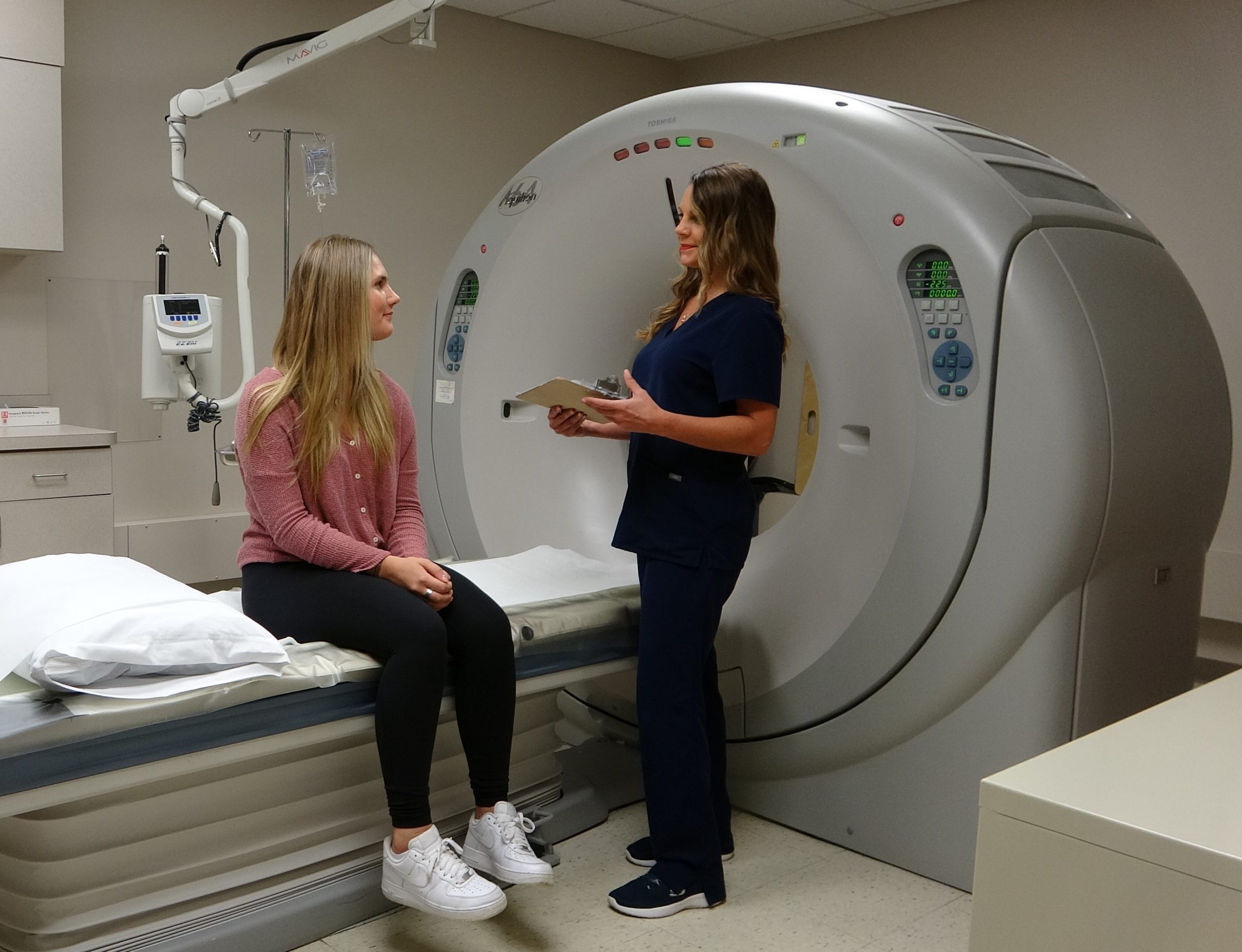
CT SCAN
Our newly upgraded Toshiba Aquillion 64 slice is a state of the art CT machine. It is equipped with advanced software that features 40% dose reduction compared to similar systems while delivering the highest image quality to ensure accurate diagnosis . This scanner is one of the fastest computed tomography (CT) scanners on the market today, requiring less time to complete the exam. Our caring technologists and staff have your best interests in mind. They will spend time with you to explain your exam and make necessary preparations to ensure the best imaging possible.
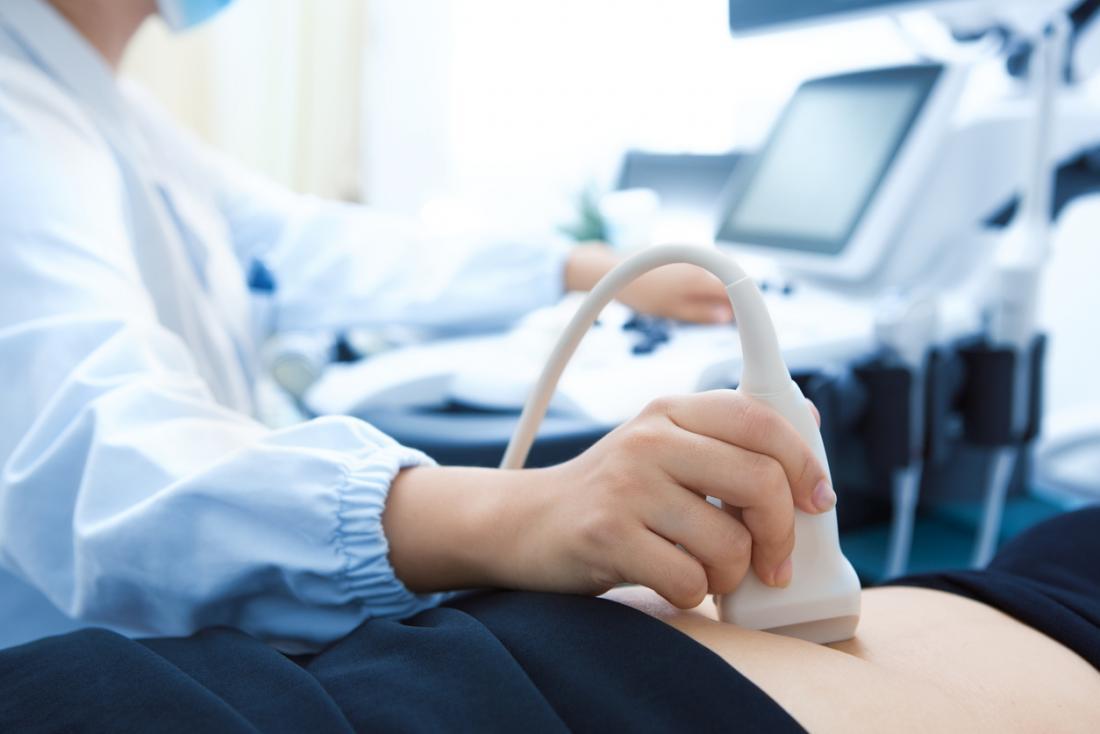
Ultrasound
An ultrasound exam (or “sonogram”) is a painless diagnostic technique that makes use of how sound waves travel through the body. When sound waves pass through the body, they bounce off tissues and organs in certain ways. The reflected waves can be used to make images of the organs inside. The sound waves don’t hurt the body, and there’s no radiation
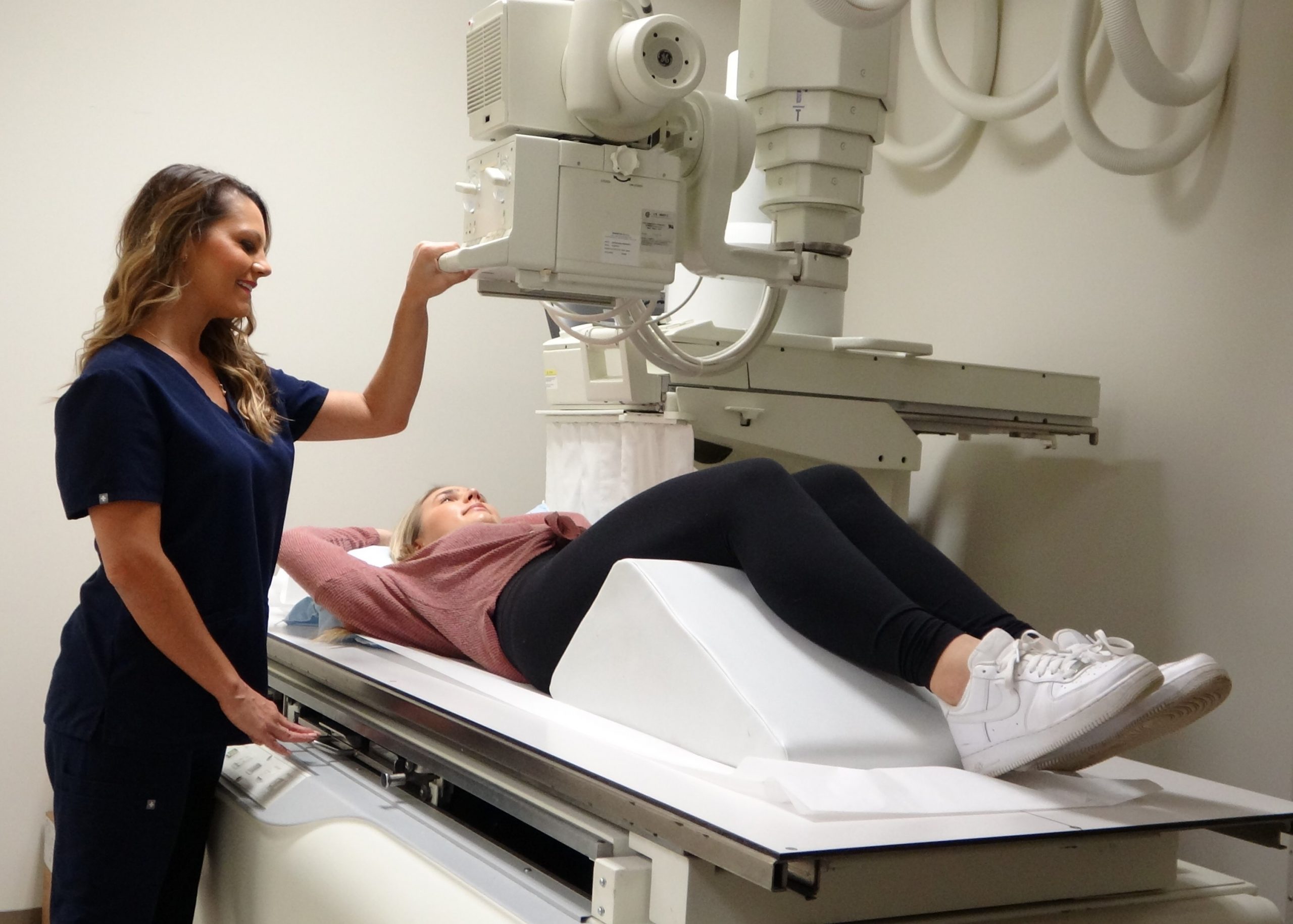
X-Rays
A kidney, ureter, and bladder (KUB) X-ray may be prescribed by your provider to assess the abdominal area for causes of abdominal pain, or to assess the organs and structures of the urinary and/or gastrointestinal (GI) system. A KUB X-ray may be the first diagnostic procedure used to assess the urinary system
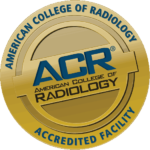
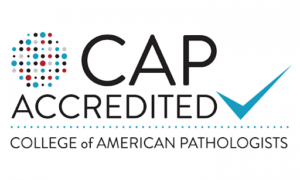

Request an appointment now
Getting an accurate diagnosis can be one of the most impactful experiences that you can have — especially if you’ve been in search of that answer for a while. We can help you get there.
